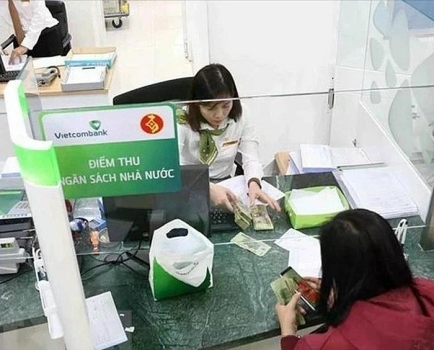The historical structures on Vietnam's VND50,000 banknote
Sat, 10 Aug 2019 17:11:00 | Print | Email Share:
Two pavilions of the Nguyen Dynasty, Vietnam's last royal family, in the central town of Hue, are depicted on the VND50,000 bill.

Phu Van Lau or Pavilion of Edicts (foreground) and Nghenh Luong Dinh or Nghenh Luong Pavillion (background) in the ancient capital of Hue have been on the VND50,000 ($2.2) bill since 2003.
Pavilion of Edicts was built in 1819 during King Gia Long's reign and Nghenh Luong Pavillion in 1852 during King Tu Duc's reign. Both were kings of the Nguyen Dynasty (1802-1945).
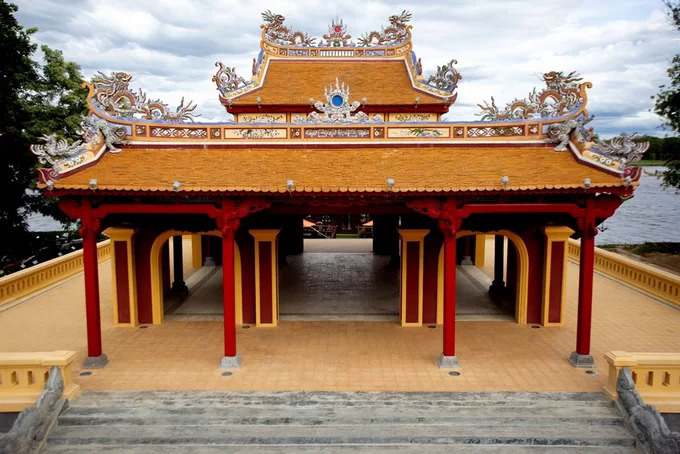
Nghenh Luong Pavillion is located on a bank of the Song Huong (Perfume River).
While Pavilion of Edicts was used as a place for listing the king's and court's edicts or the results of civil service examinations, Nghenh Luong Pavilion was a place from where the royals relaxed and enjoyed the landscapes.
Nghenh Luong Pavilion underwent two major restorations - in 1903 during King Thanh Thai's reign and in 1918 during King Khai Dinh's ruling. In 2016 the Thua Thien-Hue Province People's Committee approved a VND12 billion ($522,000) renovation of this building since it had deteriorated due to the wars and flooding.
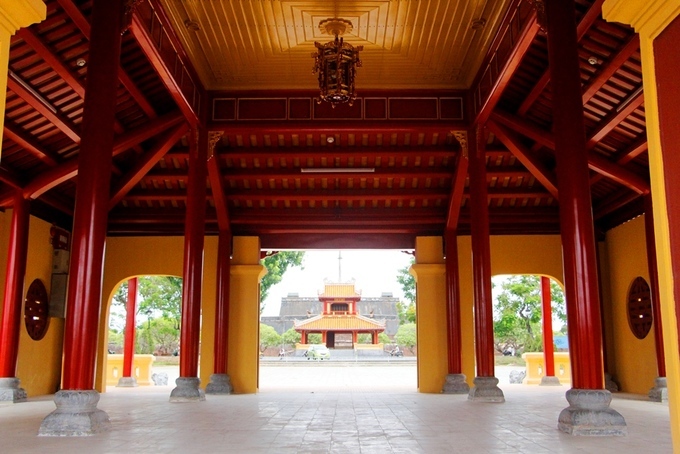
From inside Nghenh Luong Pavilion, you can see Pavilion of Edicts and Hue Flag Tower (also known as Ky Dai).
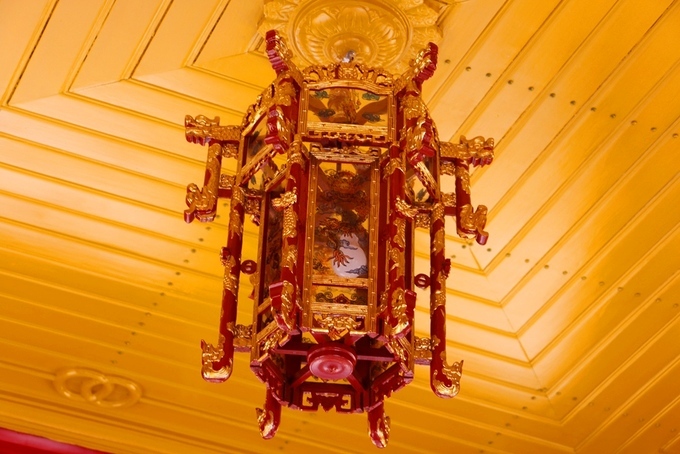
A gilded lantern is placed in the middle of the structure.
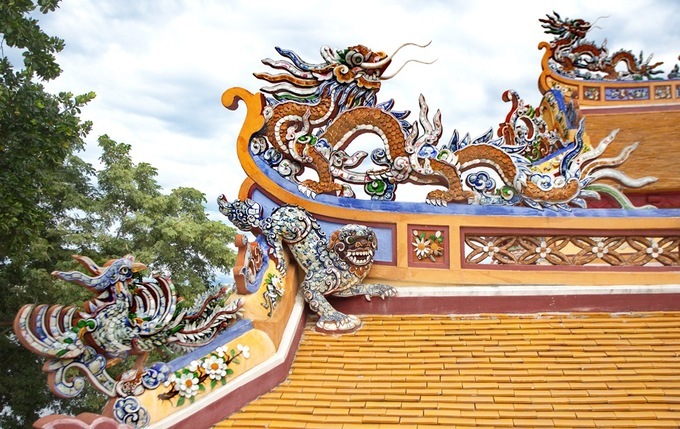
Phoenix and dragon sculptures on the roof of the building are encrusted with porcelain.

The renovation began in April 2017, and the basic work has been completed.
By: Vo Thanh/VnExpress
---------------------------------------------
Same category News :







